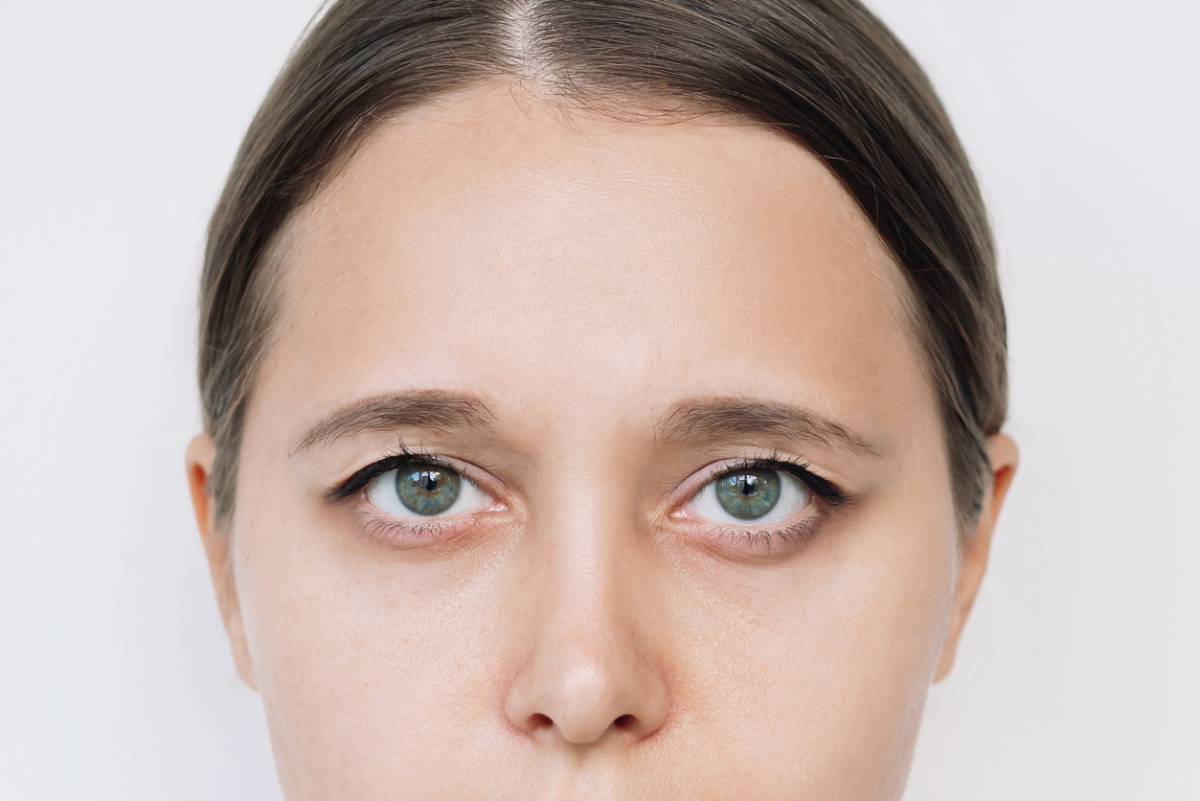If you find yourself looking in the mirror and what looks back is beginning to go from firm and lifted to droopy and saggy, you may be surprised to discover it could be more than just simple aging. If your eyelid seems to be taking a little siesta on its own or drooping over your eye more than desired, you may have a condition called ptosis or droopy eyelid. But why does ptosis occur?
Understanding why ptosis occurs and what it is can help you determine the best actions to address sagging eyelids. However, always consult with a licensed oculofacial plastic surgeon before taking any invasive measures such as injections, fillers, or ptosis surgery.
What Is Ptosis?
Ptosis is drooping eyelids. This condition results from weakened or damaged muscles within the upper eyelid and can be present at birth or acquired later in life. This malfunction can cause the eyelid to hang low and potentially obstruct your vision.
Why Does Ptosis Occur?
Ptosis has many causes, can occur at any age, and is associated with several conditions. Remember, ptosis is often the symptom of an underlying condition. In cases such as aging, ptosis surgery may be a good option, as science has not developed a cure for the natural process of life. For ptosis caused by a condition, your oculofacial plastic surgeon will help determine the cause of your ptosis, develop a treatment plan to address that cause, monitor your progress, and adjust the treatment as necessary to achieve your aesthetic goals.
A variety of factors and conditions can lead to the occurrence of ptosis, including:
- Myasthenia gravis
- Mitochondrial myopathy
- Oculopharyngeal muscular dystrophy
- Bell Palsy
- Horner Syndrome
- Congenital orbital fibrosis
- Tumor around or behind the eye
- Stye
- Stroke
- Diabetes
- Chronic progressive external ophthalmoplegia
Other influencing factors include:
- Nerve damage
- Injury from surgery or trauma
- Aging
- Malfunctions in the tendon or levator aponeurosis
- Medication
Symptoms of Ptosis
It is essential to distinguish the difference between acute ptosis and chronic ptosis. If you think you may be experiencing symptoms of ptosis, the best course of action is to consult a medical professional to determine if your symptoms align with ptosis as the cause. How can you tell if your eyes are in a temporary slump or if something more severe is happening? Keep an eye out for:
- Difficulty keeping your eyelid open, particularly following prolonged use such as reading or driving
- Having to tilt your head back to be able to see under the eyelid
- Frequent blinking or squinting to help elevate the eyelid
- Persistent heaviness or fatigue in the eyelid area
- Complications resulting in complete closure of the eyelid
- Impaired vision
Does Treatment for Ptosis Exist?
Treatment is typically dependent on the etiology, whether it is a disease or aging. Ptosis surgery is the most common treatment option for addressing this condition, especially when the etiology is aging. For ptosis caused by an underlying condition, your physician will determine the condition and create a plan to treat it first. If treating the condition does not resolve the ptosis, your surgeon may discuss more aggressive treatment, such as ptosis surgery, to address your droopy eyelids.
Some forms of ptosis are treated with medication, eye drops that target the levator muscle. For the drops to be effective, they must be used daily. This can be bothersome and costly, especially for long-term use.
Get a Diagnosis and Treatment Plan Today
With advancements in cosmetic procedures, there is hope for regaining your youthful appearance and improving your vision through medication or surgical interventions. Your journey to a brighter, clearer future begins when you take the first step toward addressing ptosis. Your eyes deserve to shine bright, and seeking the help of an oculofacial plastic surgeon can make that happen.


